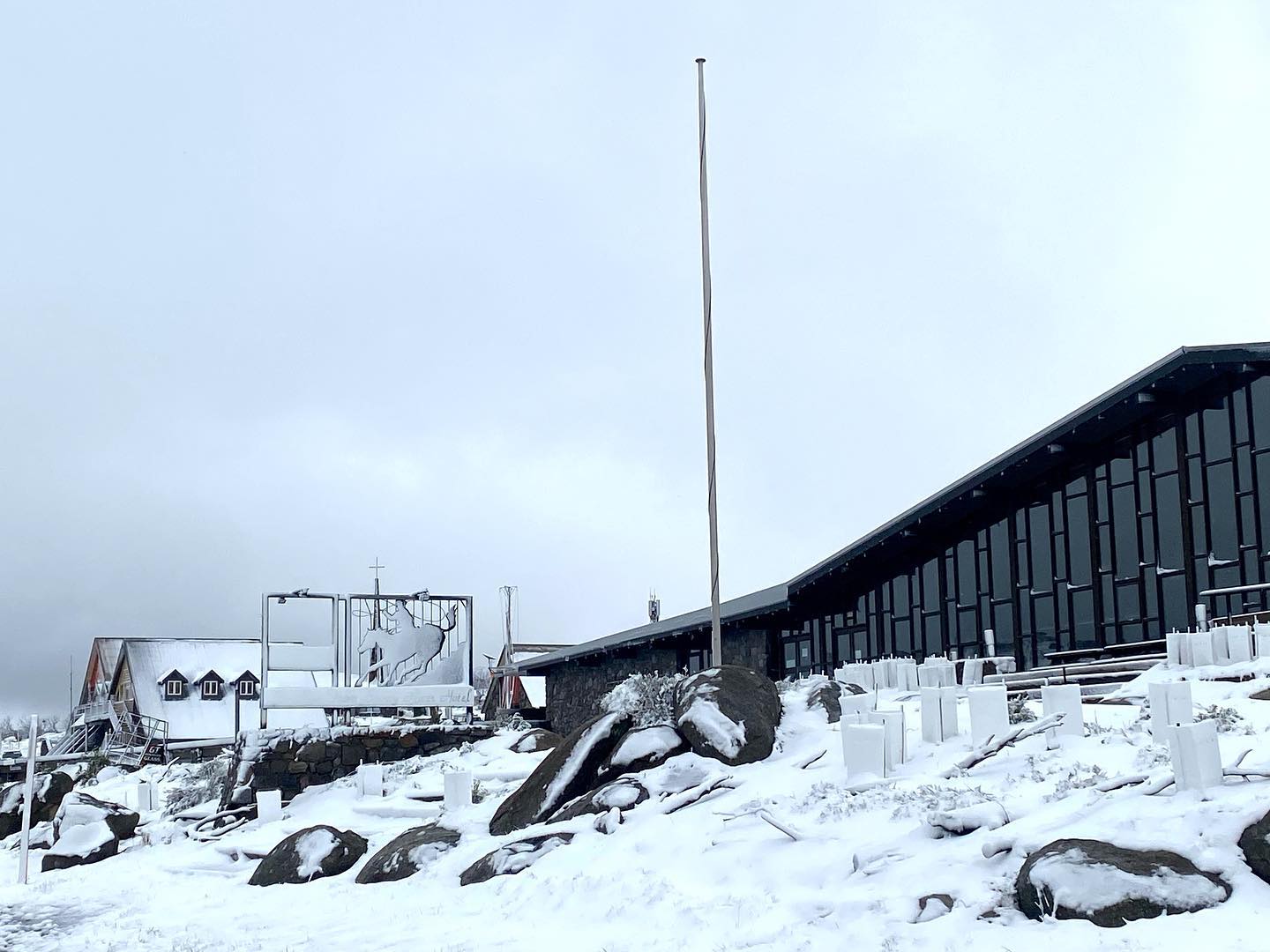Get the Current Weather Updates and Forecasts for Snow In Australia This Year
Get the Current Weather Updates and Forecasts for Snow In Australia This Year
Blog Article
Discover the Remarkable Results of Snow in Australia on Neighborhood Ecosystems
In spite of its credibility for sun-soaked landscapes, Australia likewise boasts regions blanketed by snow-- a sensation that greatly influences the nation's unique ecosystems. The shielding residential or commercial properties of snows secure plants and fauna among the chilliest winters months, while the melting snow supports rivers and water life. Nevertheless, the genuine marvel hinge on exactly how these chilly conditions form the nation's biodiversity and nutrient cycles. As we decipher this detailed connection, we discover ourselves treading on unexplored premises in Australia's high country.
The Unanticipated Areas of Snowfall in Australia
Although Australia is often connected with sandy coastlines and sun-scorched landscapes, specific regions surprisingly experience snowfall. The high nation regions of New South Wales, Victoria, and Tasmania are specifically known for their winter months snow. The Snowy Mountains in NSW, as an example, receive plentiful seasonal snow, offering a plain comparison to the nation's common warm, arid climate. On the other hand, the Victorian Alps and parts of Tasmania likewise see yearly snowfalls, transforming the landscape into a winter months wonderland. These areas are not simply anomalies however indispensable parts of Australia's diverse environment system. The visibility of snow in these areas significantly affects local communities, consequently affecting the country's distinct biodiversity. Nonetheless, the certain influence on Australia's distinct plants will certainly be discussed in the next section.

Just How Snow Impacts Australia's Distinct Plants
While it may appear unusual, snowfall in Australia plays a vital role fit the nation's one-of-a-kind flora. The snow-filled wintertimes foster resilience in Australian plant species. This is particularly apparent in the towering and sub-alpine areas, where snow gums and hill plum-pines flourish. These plants have developed to make it through in severe problems, with snow working as a safety blanket from freezing temperatures and severe winds. The snow likewise contributes to the wetness material of the soil, offering essential hydration for plant life throughout the completely dry summer season. Basically, the snow influences the timing of blooming and seed dispersal, the development rates, and the survival of lots of plant types, showcasing the complex interplay between environment and vegetation in Australia.

The Adjustments of Australian Animal to Snowfall
Simply as Australia's vegetation has actually adapted to the wintery conditions, the regional animals as well, show impressive adaptations to the snowfall. It utilizes the snow as insulation, hibernating in rock crevices below the snow to stay cozy. The Snow Skink, a species of reptile, transforms its colour to white throughout winter season, providing camouflage versus killers.
The Role of Snow fit Local Ecological Communities
Fit the neighborhood environments, the role of snow in Australia is both multilayered and extensive. It influences the circulation of flora and animals, mostly specifying the biodiversity of sub-alpine and towering regions. Snow provides a critical water source, feeding rivers and storage tanks as it thaws, thus sustaining a range of marine life forms. Furthermore, snow serves as an insulator, protecting ground-dwelling organisms from severe cold. Similarly, it plays a substantial function in dirt development and nutrient biking. The regular freezing and thawing discover this of soil caused by snowfall promotes the failure of rocks, boosting soil fertility. The presence of snow shapes the vegetation patterns, pet behavior, and overall sustainability of Australia's unique communities.

The Future of Snowfall in Australia: Ramifications and forecasts

Provided the vital role snow plays in shaping neighborhood communities, the future of snowfall in Australia is drawing enhancing focus from ecologists and researchers. Much less snow might result in decreased water availability in towering areas, adversely influencing wild animals habitats and plant life. The tourism sector, heavily dependent on the wintertime snow season, may likewise face substantial difficulties.
Conclusion
The role of snow in Australia's communities is critical yet typically neglected. It works as a protector, a nurturer, and a shaper of varied alpine species, adding to the richness of Australia's high country. As weather patterns remain to shift, understanding the effects and prospective improvements of these snow-influenced environments home is essential. Hence, the snow in Australia is greater than an all-natural spectacle; it's an essential gamer in the country's environmental story.
In spite of its track record for sun-soaked landscapes, Australia additionally flaunts areas buried by snow-- a sensation check my reference that exceptionally affects the nation's distinct ecological communities. It uses the snow as insulation, hibernating in rock holes beneath the snow to stay cozy - Snow In Australia.In forming the local environments, the duty of snow in Australia is both extensive and multilayered. The existence of snow shapes the plant life patterns, pet behavior, and general sustainability of Australia's special communities
Provided the critical role snow plays in forming regional ecosystems, the future of snowfall in Australia is attracting increasing attention from researchers and environmentalists.
Report this page